Palermo pulls back the curtain on its 2,700 years old history through architecture, culture, and gastronomy. The capital of Sicily, Palermo, is one of the few places in the world where you can see some of the oldest structures that withstood the challenge of time. If you are planning to visit this spellbinding city, here are our suggestions on places to visit and things to do.
You might also be interested in 25 Spectacular Places to include in your Italy Itinerary
Cathedral of Palermo
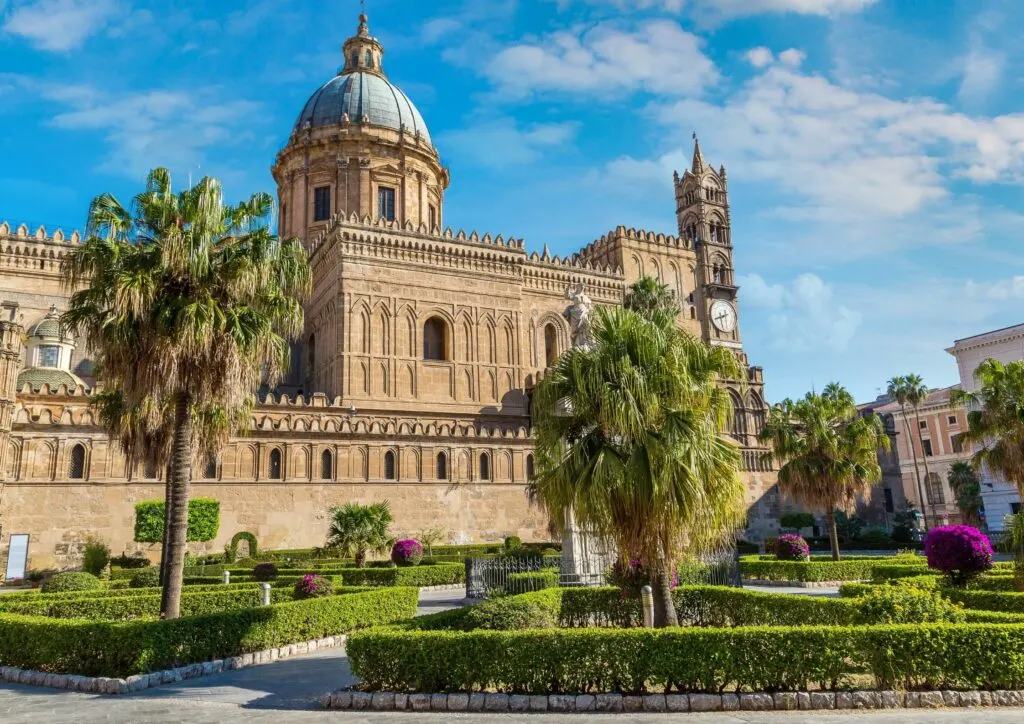
With curved parapets, three apses, and cross-over round arches, the east veneer of the Cathedral still has its Norman character. The south exterior is known for its 1453 Gothic-Catalan portico, which provides entrance into the building. The Cathedral has a column with an Arabic inscription. The mosaic of the Virgin Mary, the bell tower, the Loggia dell’Incoronata and the Norman-Hohenstaufen tombs are some of the main highlights of the cathedral.
Cappella Palatina
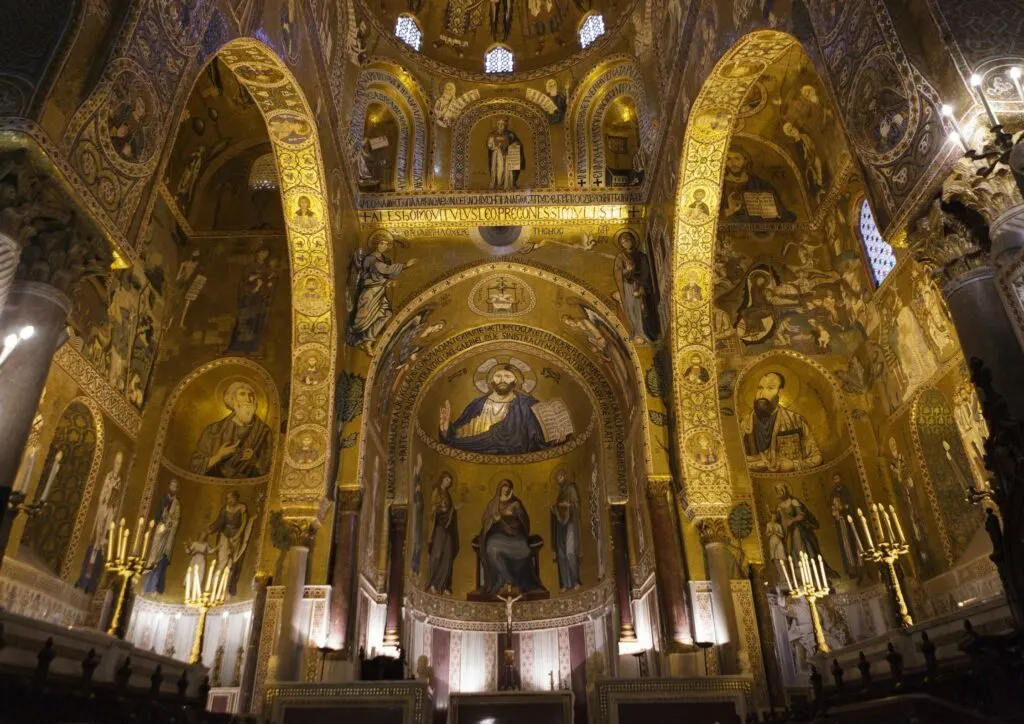
Another must-visit historical site in Palermo, Cappella Palatina, was constructed in 1140, but some of the mosaics were completed in 1143, and the rest were completed later. The church has stood through centuries, yet the Arabic, Norman, Latin, and Byzantine architectural details remain unchanged. The basilica has a mysterious aura that stems from the prevailing semi-darkness. On the western side, you’ll see a raised pulpit, one of the main highlights. The lecterns with religious symbols and the mosaics demonstrating differences between the 12th and 18th centuries are noteworthy too.
Norman Palace

With a history that goes back to the 9th century, the Norman Palace is where the parliament of Sicily currently sits – the Hall of Hercules is where parliamentarians come to discuss matters of importance. The initial purpose of the palace was to provide a home for the Emir during the Arab rule. Under the rule of the Hohenstaufen Frederick II, the palace became even more spectacular. Later, the palace became the home of the Spanish viceroy, and it’s been used by parliament since 1947.
The observatory from 1791, the impressive courtyard, the royal apartments on the second floor, and the gateway from 1535 are some of the points of interest. You can also see numerous mosaics inside the palace, representing hunting and animal life.
La Martorana
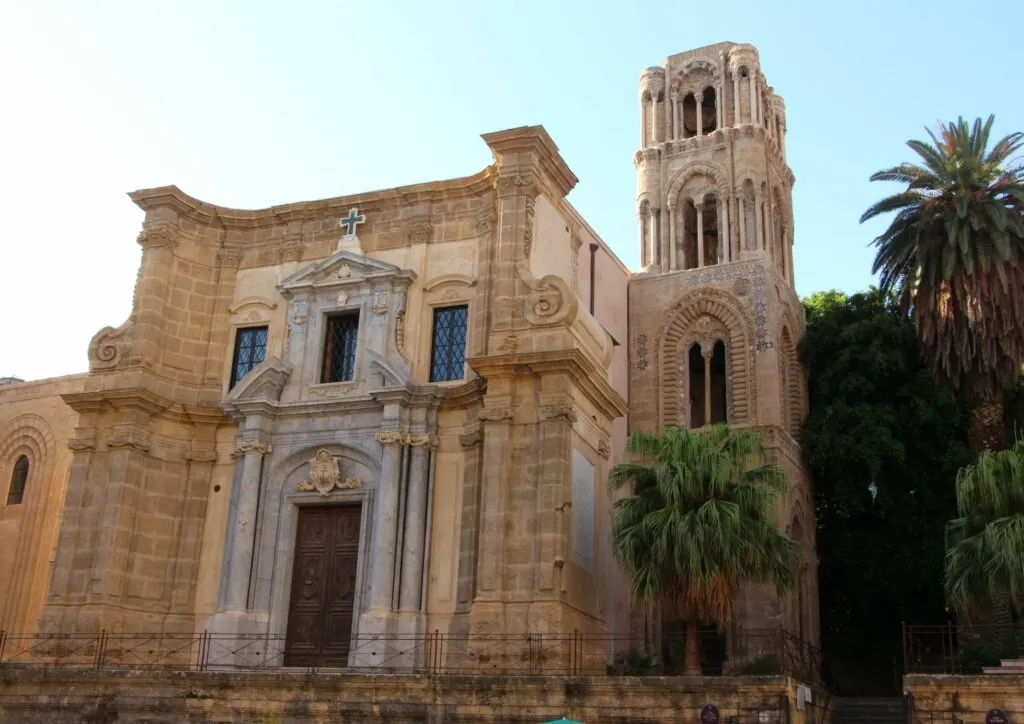
Popular for its 12th-century mosaics, La Martorna is a church influenced by Arabic architecture; however, its key work is Byzantine. Initially, it had the design of a domed church, but it was altered over time with numerous additions to match the changing times. Its rectangular shape goes back to the 17th century. The church has mosaics painted on a gold background, which can be traced back to the 1500s. The Triumphal Arch is one of the main features.
Capuchin Catacombs
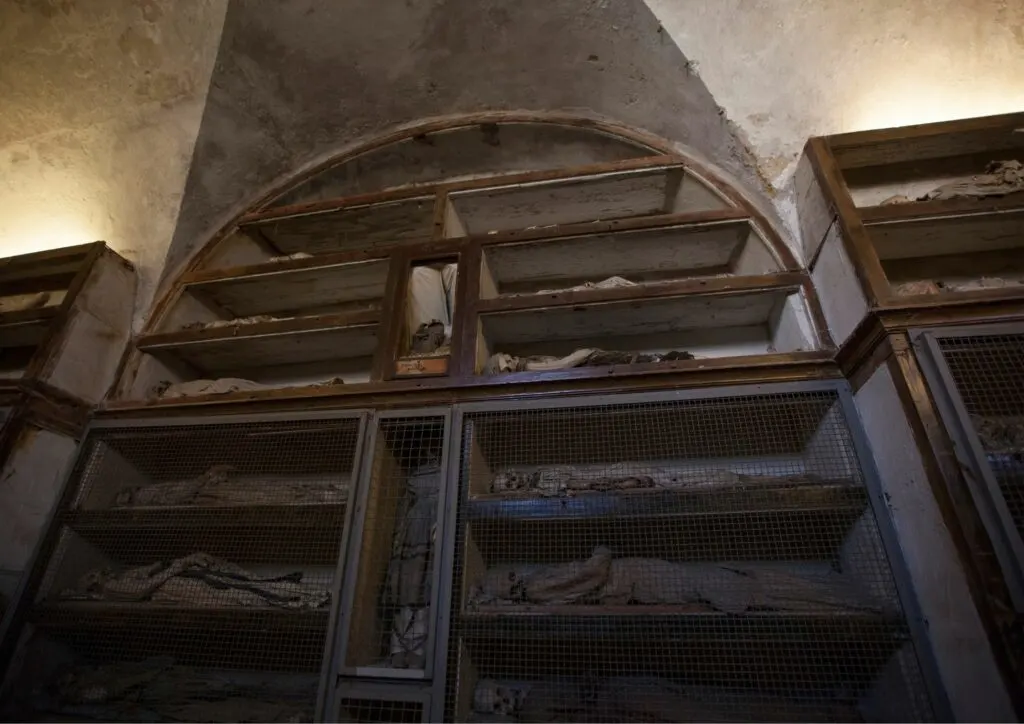
In addition to being a site of much historical importance, Capuchin Catacombs is a tourist attraction of a macabre nature. The catacombs are burial chambers that originated during Roman rule. In the 16th century, there was no more space in the cemeteries here, and the monks started making tombs in the ground to bury their dead brothers. The catacombs hold the most extensive collection of mummified bodies in Europe, most of which are well preserved.
Antonino Salinas Regional Archeological Museum
The museum holds an impressive collection that includes some of the world-famous finds. In the small cloister, you’ll find several Egyptian and Phoenician items, including the Palermo Stone. In the Great Cloister, you can see a giant statue of Zeus. The museum is also known for its outstanding collection of Greek art.
Palazzo Abatellis
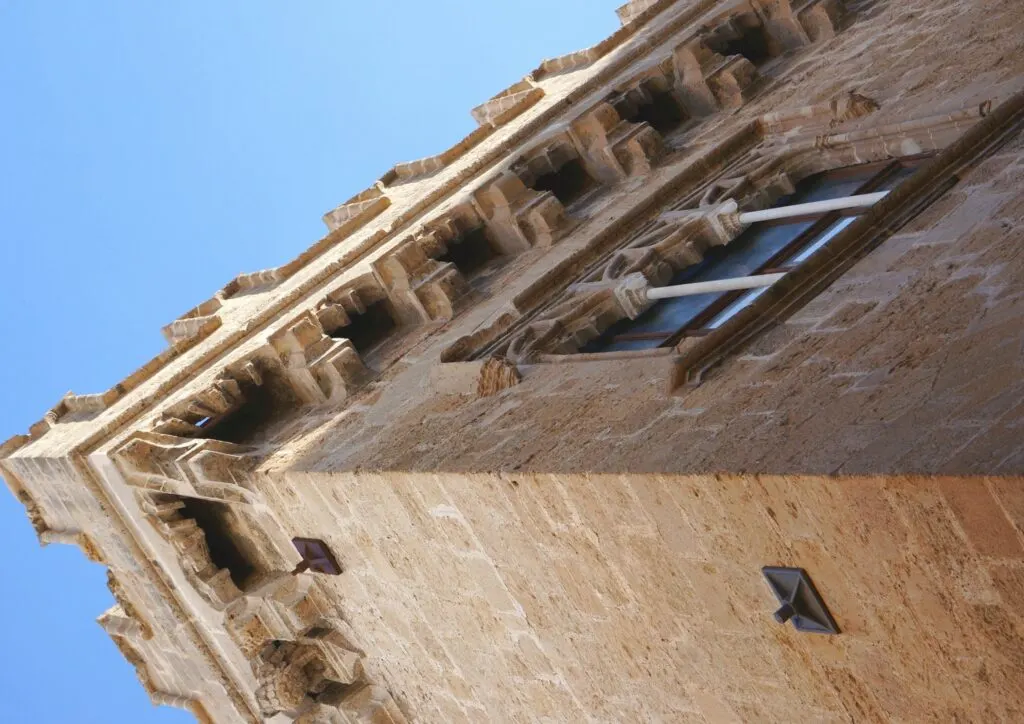
One of the most visited historical sites in the Kalsa quarter, Palazzo Abatellis, is where you find the Gallery of Art for the Sicilian region. The palazzo has a history going back to the 15th century and is of Gothic-Catalan architecture. The museum houses an outstanding collection of works, including 12th-century woodwork and some of the most famous High Renaissance paintings.
Teatro Massimo
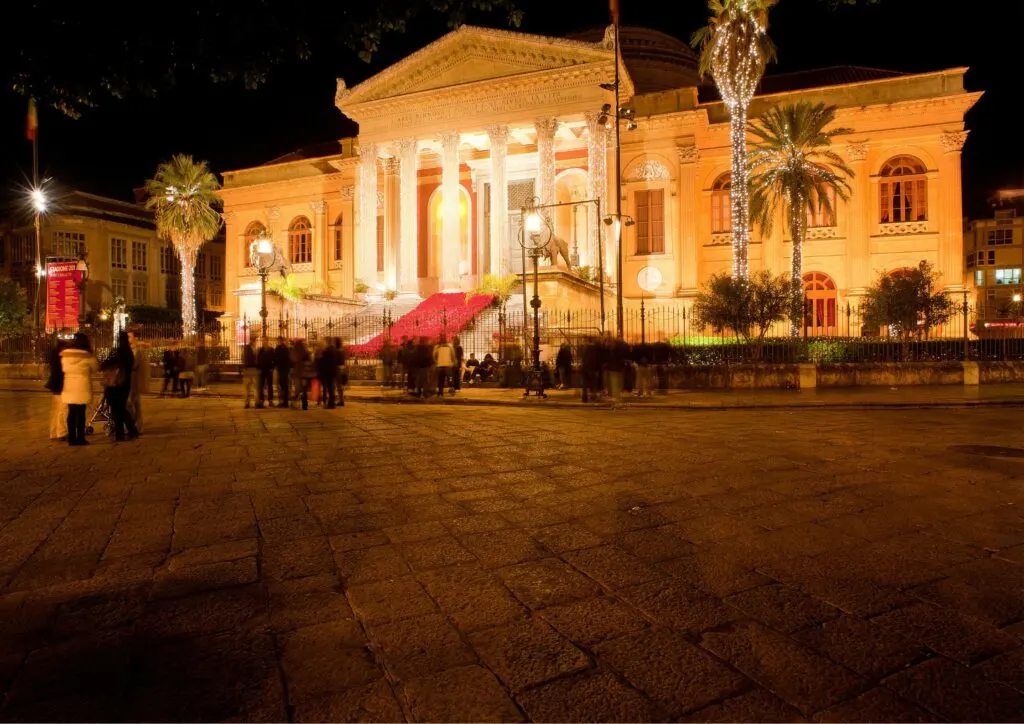
An opera house, Teatro Massimo, was built for the elite of the city. With a seating capacity of 1300 people, the place has some of the best acoustics in the world. More than 130 events, celebrations, and performances are held here annually. The exterior reflects Greek Sicilian temples, while the interior is related to art-nouveau.
Quattro Canti
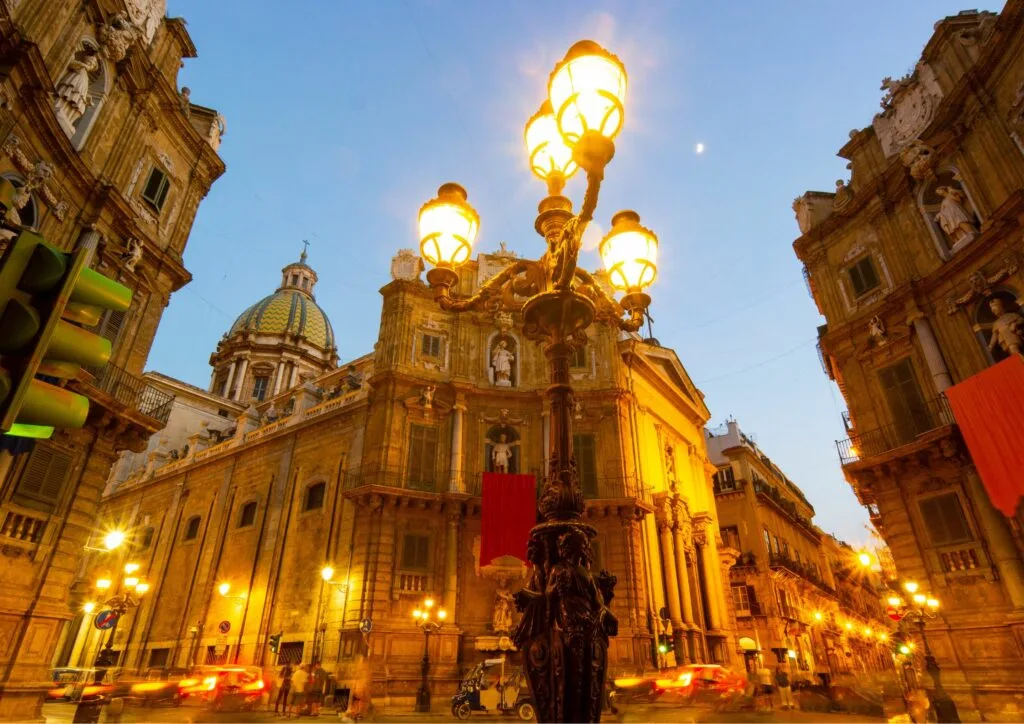
Constructed between 1608 and 1620, Quattro Canti is located at the intersection of the Corso Vittorio Emanuele and the Via Maqueda. The piazza has the shape of an octagon – four sides are streets, and Baroque buildings constitute the other four sides. At the front of these buildings, you’ll find fountains, statues of kings, and statues of patronesses.
Church of San Cataldo
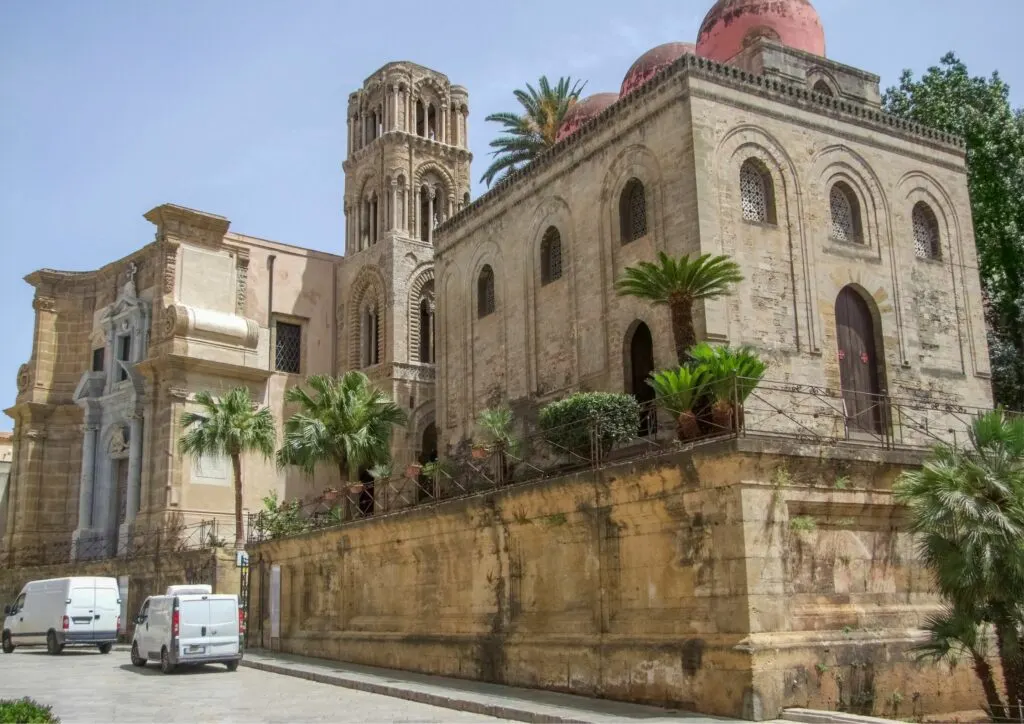
The church has ties to 1154, the time of William I. The decorative cornice and the red dome are the two distinctive features of the church. The triple-aisled basilica is an excellent example of old Latin architecture. The length of the church is accentuated by the three Arabic domes. You can also witness its Arabic character through the cubic exterior and the windows that surround it. The inlaid floor is another highlight of the church.
San Giovanni Degli Eremiti
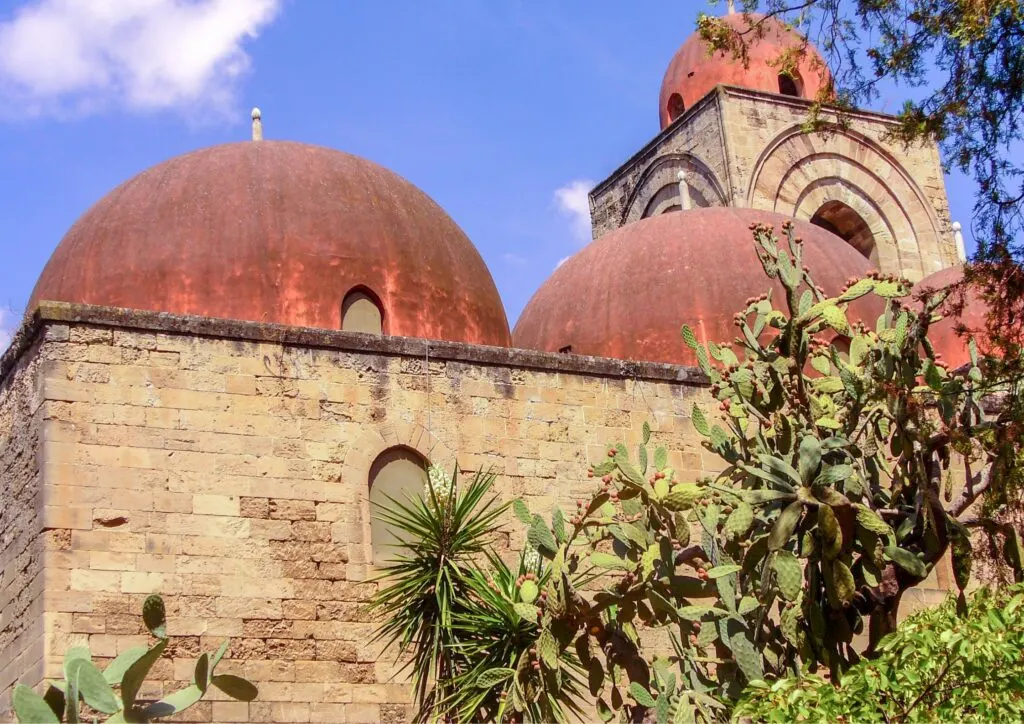
One of the most beautiful examples of Arabian-Norman architecture, San Giovanni Degli Eremiti, is also known as the church of Saint John of the Hermits. You have to pay a fee to enter, and the church is part of the guided tours. Inside the church, you won’t find any furnishings, but the medieval cloister ruins, the domes, and the garden are reminiscent of ancient Palermo.
Santa Maria di Gesù
A Minorite convent you find in the lower region of Monte Grifone, Santa Maria di Gesù, is famous for its exquisite cloister and the burial chamber of Bishop Beato Matteo del Gatto, the founder of the convent. For the best views of Palermo, especially in the morning, go to the belvedere of the convent. Next to the church is a cemetery where the elite members of the city were buried.
Church of the Vespers
Also known as Chiesa del Vespro, the Church of the Vespers has rather a grim history. This is the site where all the French people in the city were killed under the rule of the Aragonese conquerors; the incident took place in 1282.
The church was constructed between 1173 and 1178, but over the years, the church went through massive architectural changes. The north side of the church is steeped in vibrant colours, and on the east side, you’ll see three beautiful apses.
Foro Umberto I and the Botanic Garden
To revel in the enchanting sea views, visit Foro Umberto I. Located along the seafront, Foro Umberto I is a botanic garden that brings you peace and serenity coupled with the invigorating sea breeze. The garden is located on the west side and is home to a range of plants, including bamboo plants, coconut trees, papyrus, and banana trees.
The garden is one of the most visited gardens in Europe and expands over 11 acres. The number of plant species that thrive here is 12,000.
Palazzo Chiaramonte
The palazzo was erected by the powerful Chiaramonte family in the 14th century. The building work started in 1307 and went on until 1380; however, the second floor never reached completion. This is where the beheading of Andrea Chiaramonte was carried out in 1396; he was accused of rebelling against the monarch.
This massive building with four wings is now a museum, but it was used for various purposes throughout history. The first floor is beautified with exquisitely designed windows with pillared arches.
Ballaro Market
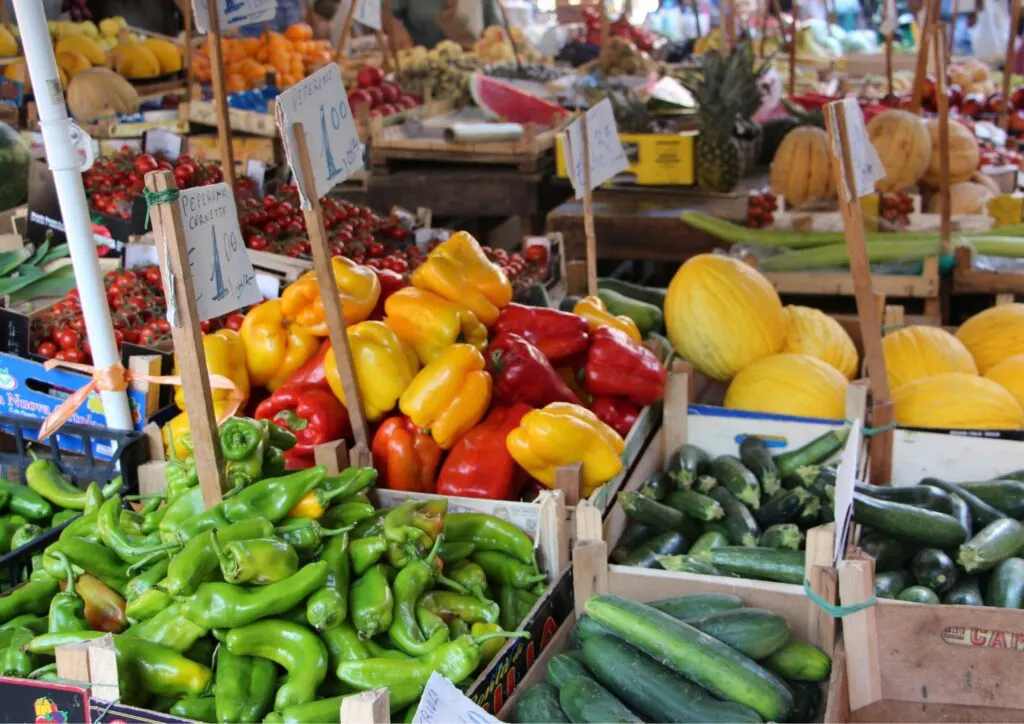
To buy the best local products in Palermo, visit Ballaro Market. The market sells a wide range of merchandise, including fruits, vegetables, cheeses, jams, and local artisan products. You can also buy clothes and electronics. Don’t forget to treat yourself to some deliciously prepared octopus while shopping here. This is also a great place to witness the not-so-touristy side of the city.
The Cathedral of Monreale

A 40-minute drive from central Palermo will get you to the Cathedral of Monreale. Known for its brilliant Norman-Byzantine architecture, the cathedral is a designated UNESCO Heritage site. The building has two massive towers, but one was struck down by lightning. Inside the church is an impressive collection of gilded mosaics, covering an area of 6,500 square metres.
Foro Italico
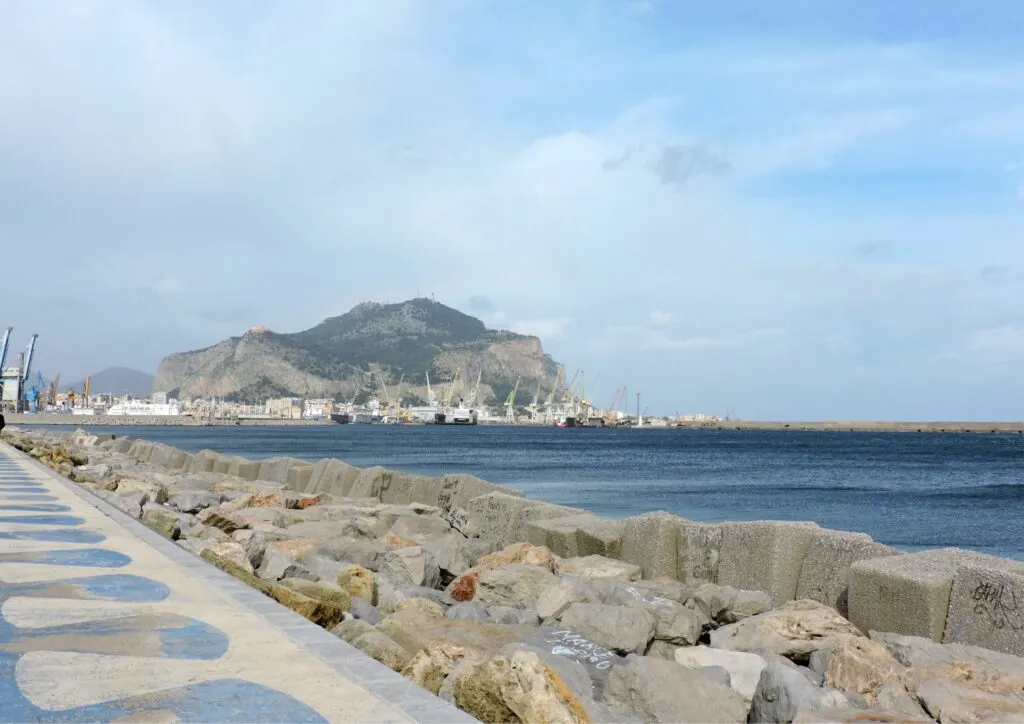
Located by the ocean, Foro Italico is a massive garden that everyone can access. The place provides a respite from the bustle of the city. The trees that dot the park by the sea create an excellent stroll for visitors. If you are visiting Palermo with family and kids, you should definitely visit this garden; there’s a spacious lawn for kids to play and run around.
Mondello Beach
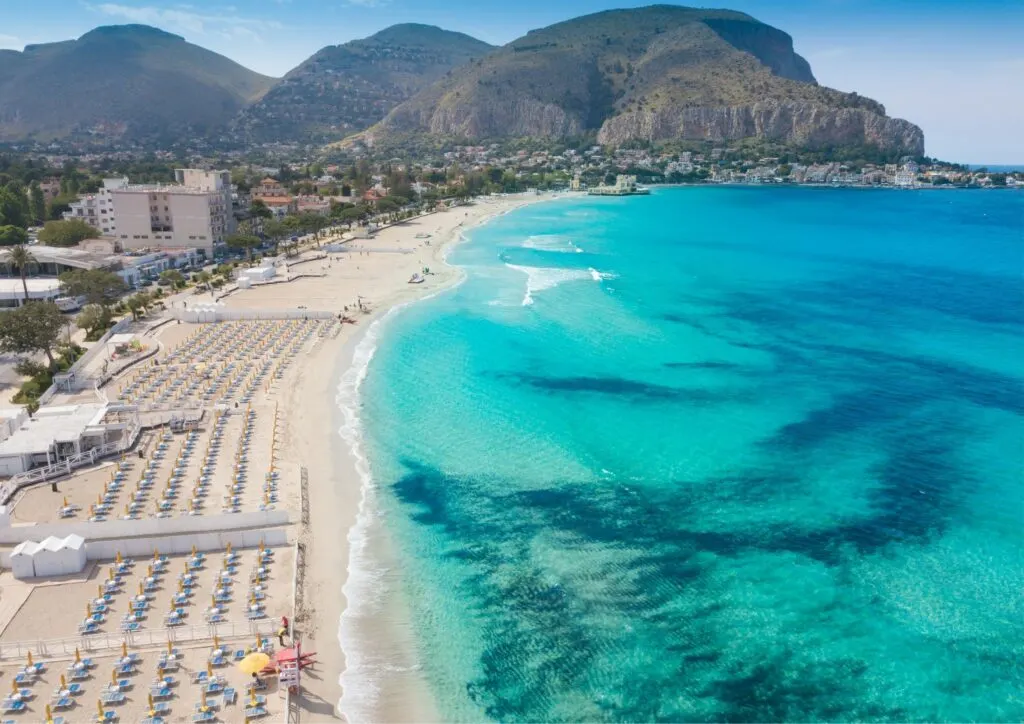
No trip to Sicily is complete without a visit to its best beaches. Mondello Beach, a 30-minute drive from Palermo, is the ideal place to soak up the sun and relax. The warm, clear waters are perfect for swimming. There’s no entrance fee, and you can use the showers for free, but you have to pay for the deckchairs. You’ll also find a few cafes and restaurants nearby serving delicious local fare.
Taste the Regional Cuisine in Palermo
Sampling the local traditional food is one of the best things you can do here. The dishes are based on seafood and local ingredients like almonds, pistachio nuts, olives, and farm vegetables. Whether you go for fine dining at one of the fancy restaurants or choose a simple roadside café, you are sure to have a memorable experience.
